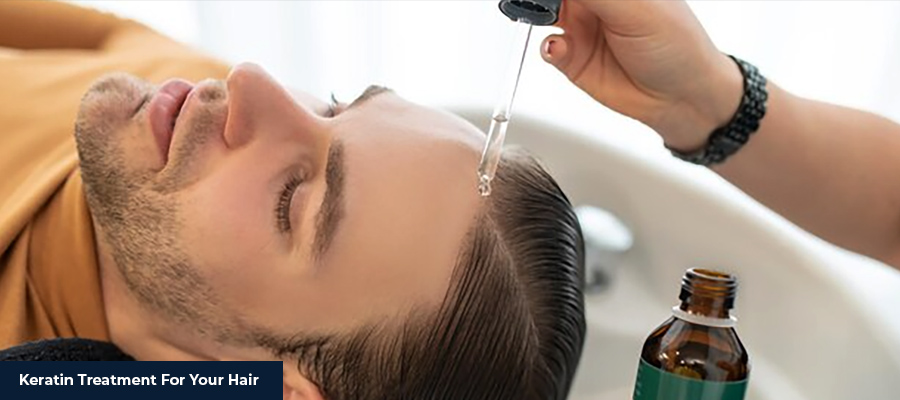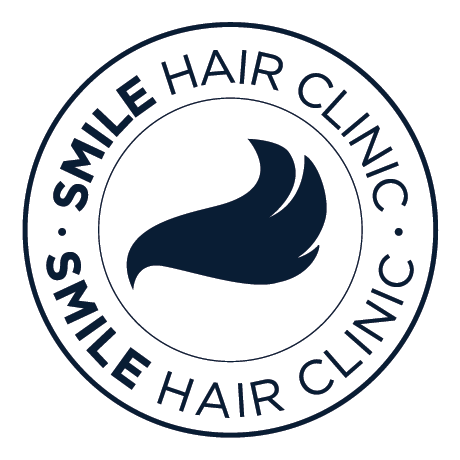Topical keratin treatments have become a solution for damaged and unmanageable hair. Keratin, a crucial protein found naturally in hair, is pivotal in maintaining the hair’s strength and vitality. This essay offers a comprehensive exploration of the effects of topical keratin on hair, shedding light on its benefits, risks, application process, and comparison with other treatments. Through a balanced examination, readers will gain insights into whether topical keratin treatments suit their specific hair care needs.
What is Keratin?
Keratin is a fibrous structural protein present not only in hair but also in nails, skin, and other tissues. The building block provides structure and protection to our hair, contributing to its overall health and appearance. There are two types of keratin: alpha-keratin and beta-keratin. Alpha-keratin is primarily found in mammals, providing flexibility and softness to hair, while beta-keratin, found in birds and reptiles, is more rigid and stiff.
In the context of hair care, the focus is predominantly on alpha-keratin. This protein comprises amino acids that form long chains, creating a helical shape. The helices intertwine and bond, creating a robust, resilient structure that defends the hair against physical and environmental stress. The presence of keratin in hair is vital as it imparts strength, elasticity, and shine, qualities often desired by individuals seeking healthy and vibrant hair.
Process of Keratin Treatment
The topical application of keratin involves a series of steps designed to infuse the hair with this essential protein, improving its texture and appearance. The process begins with washing the hair with a clarifying shampoo to remove residues and open the hair cuticles. This step prepares the hair to absorb the keratin treatment effectively.
Following the initial cleansing, the keratin solution is applied to the hair. Depending on the specific treatment type, the answer may be left on the hair for a certain period, ranging from a few minutes to a couple of hours. During this time, the keratin penetrates the hair shaft, bonding with the hair’s natural keratin and filling in damaged areas.
After the application, the hair is typically blow-dried and straightened with a flat iron set at a high temperature. The heat activates and seals the keratin, creating a smooth and shiny finish. The treated hair should be undisturbed for a specified time, often 48 to 72 hours, to allow the keratin to be set fully. Following this period, individuals can wash and style their hair as usual, enjoying the rejuvenating effects of the keratin treatment.
Benefits of Topical Keratin for Hair
Topical keratin treatments offer myriad benefits to the hair, acting as a restorative therapy for various hair concerns. For individuals with damaged, brittle, or frizzy hair, keratin treatments can be transformative, delivering a noticeable improvement in hair texture and appearance.
Repairing Damaged Hair
One of the standout benefits of keratin is its ability to repair and restore damaged hair. Hair undergoes daily exposure to harsh environmental elements, including sun, wind, and pollution, leading to wear and tear. Furthermore, the frequent use of heat-styling tools and chemical products exacerbates hair damage. Keratin treatments effectively fill in the porosity in damaged hair, reducing breakage and making the hair more resilient.
Smoothing and Straightening: Keratin’s smoothing effect is unparalleled, providing a sleek and straight appearance to the hair without making it look unnaturally flat. The treatment tames unruly curls and waves, granting individuals greater control over their hairstyle while reducing the need for heat styling, which, in turn, minimizes further damage.
Strengthening and Elasticity
By reinforcing the hair’s natural keratin structure, these treatments bolster the strength and elasticity of the hair. Strengthened hair is less prone to snapping and breaking, promoting healthier, longer hair.
Enhancing Shine and Reducing Frizz
Keratin treatments impart a natural shine to the hair, enhancing its aesthetic appeal. The treatment’s frizz-controlling properties are also noteworthy, providing a sleek, polished look even in humid conditions.
Risks and Side Effects
Despite the celebrated benefits, it’s imperative to acknowledge the risks associated with keratin treatments. Awareness of these risks ensures informed decision-making for prospective users.
Allergic Reactions
Some individuals may experience allergic reactions to the ingredients within keratin products, manifesting as itchiness, redness, or scalp irritation. Conducting a patch test before completing the application is advisable to prevent adverse reactions.
Overuse and Buildup
Excessive keratin treatments can lead to protein buildup, making the hair stiff and brittle. Striking a balance between protein and moisture is crucial for maintaining hair health, necessitating periodic breaks from keratin treatments to prevent overload.
Safety Concerns
Several keratin treatments contain formaldehyde or its derivatives, which are known to be hazardous in high concentrations. Prolonged exposure to these chemicals might pose health risks, underscoring the importance of selecting products that comply with safety standards and using them in well-ventilated spaces.
Comparing Topical Keratin with Other Hair Treatments
Understanding how keratin compares with other options is essential when contemplating hair treatments.
Keratin vs. Protein Treatments
While keratin is a type of protein, not all protein treatments are keratin-based. Protein treatments might incorporate proteins (like silk, wheat, or collagen) to strengthen hair. Keratin treatments usually offer longer-lasting results compared to general protein treatments.
Keratin vs. Moisturizing Treatments: Moisturizing treatments aim to hydrate the hair, whereas keratin treatments primarily strengthen and repair. Combining keratin with moisturizing treatments might yield optimal results for individuals with dry hair.
Consideration of Hair Types and Conditions
The effectiveness of keratin treatments may vary depending on hair type and condition. Keratin is often more beneficial for individuals with damaged or chemically treated hair, while those with healthy hair might not experience significant improvement.
Expert Opinions and Case Studies
Trichologists, dermatologists, and hair care experts essentially endorse the benefits of keratin, although they also caution against potential risks associated with its use. Scientific research and clinical trials also support these viewpoints, illuminating both the positives and negatives of keratin treatments.
Expert Views:
Professionals in the field often recommend keratin treatments for individuals with excessively damaged, frizzy, or unmanageable hair. They emphasize the importance of high-quality products and suggest that clients follow the instructions meticulously to avoid adverse effects. Experts also advocate for conducting patch tests to prevent allergic reactions and advise against overusing keratin products.
Case Studies:
A host of case studies and consumer testimonials exhibit a spectrum of experiences with keratin treatments. Many users report improved hair texture, manageability, and overall appearance after keratin treatments. Conversely, some studies and reviews point out that results can vary, with a few users not experiencing the expected benefits or facing side effects like hair breakage or scalp irritation.
How to Use Topical Keratin Effectively
Maximizing the benefits of keratin while minimizing risks involves careful application and maintenance. Here are some general guidelines:
Application Techniques:
• Wash hair with a clarifying shampoo to prepare the strands for treatment.
• Apply the keratin product evenly, avoiding the scalp.
• Allow the keratin to sit for the instructed time, then rinse.
• Blow-dry and flat iron the hair to seal in the keratin.
Maintenance Tips:
• Use sulfate-free shampoos and conditioners post-treatment to prolong the effects.
• Avoid salt water and chlorine, as they can strip away keratin.
• Limit the use of styling products that might cause buildup.
Aftercare Recommendations:
• Wait the specified time before washing your hair after treatment.
• Avoid tying or pinning the hair immediately following the treatment to prevent creases.
Keratin is a must for hair!
Topical keratin treatments offer a viable solution for individuals seeking to repair, strengthen, and smooth their hair. The myriad benefits of keratin, including its ability to restore damaged hair and improve hair’s manageability, make it an attractive option for many.
However, it’s crucial to approach keratin treatments with an informed perspective, considering the potential risks and side effects. Understanding your hair type, choosing quality products, and following application and aftercare instructions meticulously can significantly enhance the likelihood of achieving desired results.
Instagram: smilehairclinic



